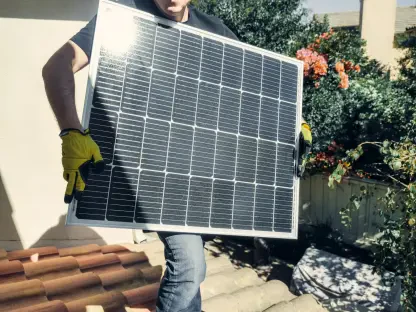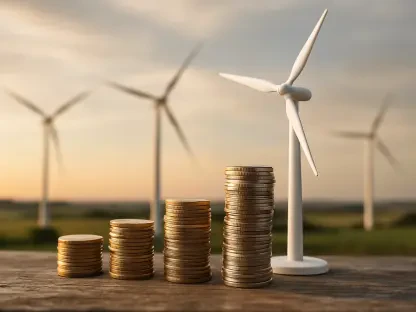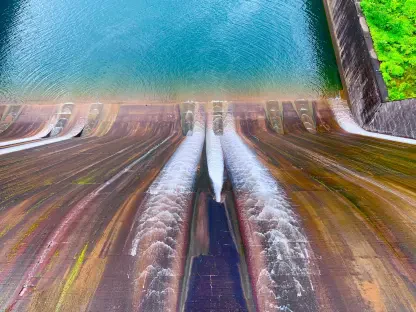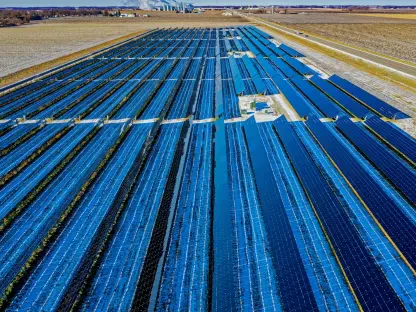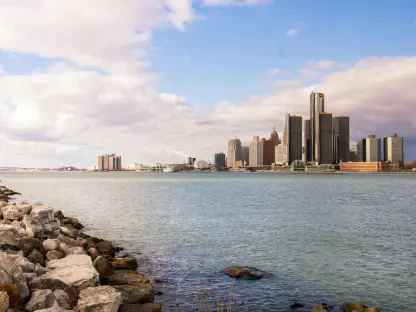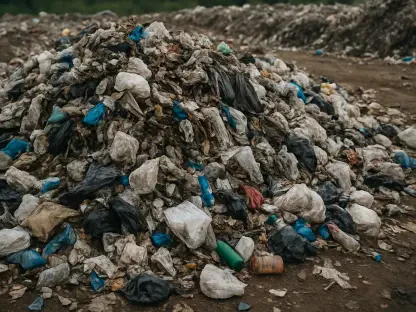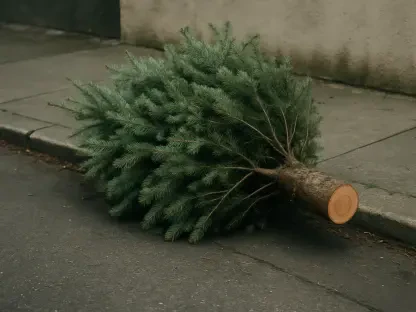I’m thrilled to sit down with Christopher Hailstone, a renowned expert in energy management and renewable energy, who brings a wealth of knowledge on electricity delivery and grid reliability. With his deep insights into the utilities sector, Christopher is the perfect person to help us unpack the recent developments surrounding the Trump administration’s investigation into wind turbines and the potential imposition of tariffs. Today, we’ll dive into the motivations behind this policy, its implications for the wind energy industry, and the broader context of renewable energy in the United States. Let’s explore how these actions might shape the future of clean energy.
Can you walk us through what the Trump administration announced regarding wind turbines recently?
Certainly, Silvia. On Thursday, the administration announced the launch of a trade investigation into imported wind turbines, initiated on August 13. This inquiry is looking into whether these imports pose a threat to national security, which could pave the way for tariffs on foreign-made turbines and components. It’s a significant move, as it targets a key part of the renewable energy sector, potentially increasing costs for wind projects that rely heavily on imported materials.
What do you believe is driving this investigation, especially considering President Trump’s past criticism of wind power?
I think there are layered motivations here. On one hand, the administration might argue this is about protecting domestic manufacturers by leveling the playing field against foreign competition. On the other, given Trump’s frequent remarks about wind turbines being inefficient or harmful to wildlife, it’s hard not to see this as a potential effort to slow down the wind energy industry’s growth. His rhetoric has consistently positioned renewables as less favorable compared to fossil fuels, so this could be a strategic move to hinder a sector he’s openly criticized.
Could you explain what Section 232 is and why it’s being applied to wind turbines in this context?
Absolutely. Section 232 is a legal provision under the Trade Expansion Act of 1962 that allows the president to impose tariffs or other restrictions on imports if they’re deemed a threat to national security. It’s a broad and powerful tool, and Trump has used it before to slap tariffs on industries like steel and aluminum, citing the need to protect domestic production. Applying it to wind turbines is unusual, though. The claim here is that reliance on foreign turbines could jeopardize energy security, but it’s a stretch compared to more traditional national security concerns like military supply chains.
How do you see potential tariffs affecting the wind energy industry in the United States?
Tariffs would almost certainly drive up costs for wind energy projects. A significant portion of turbine components—worth nearly $3 billion last year—comes from places like the European Union, Mexico, and India. Higher import costs would make wind energy less competitive compared to other sources like natural gas. Offshore wind projects, such as those in New York, could be hit especially hard since they often depend on specialized imported parts. This could slow down the momentum of wind power, which is already a major player in several states and a key part of our clean energy transition.
Can you give us a snapshot of where wind power stands in the U.S. energy landscape today?
Sure. Wind and solar together accounted for about 16% of the nation’s electricity last year, and they’re among the fastest-growing energy sources. Wind, in particular, is huge in states like Iowa, Oklahoma, and Texas—places you might not expect given their political leanings, but it makes sense due to their vast open spaces and strong wind resources. The growth is driven by falling costs, technological advancements, and increasing demand for cleaner energy alternatives, which makes policies like potential tariffs even more consequential right now.
Given the administration’s preference for oil and gas over renewables, how do you think this shapes the broader conversation around energy policy?
It creates a real tension in the energy sector. While the administration pushes for fossil fuels, calling renewables a ‘scam,’ the reality is that wind and solar are critical to reducing carbon emissions and meeting energy demands sustainably. This investigation and the rhetoric around it signal a resistance to the global shift toward cleaner energy. It risks stalling progress in an industry that’s not just about environment but also jobs and innovation, especially in states that have embraced wind as an economic driver.
Looking ahead, what is your forecast for the wind energy sector in light of these developments?
I think the sector faces a challenging road if tariffs are imposed. Higher costs could deter investment and slow project timelines, particularly for offshore developments. However, the underlying demand for clean energy isn’t going away—states, businesses, and consumers are still pushing for renewables. My forecast is that while this policy might create short-term hurdles, the long-term trajectory for wind energy remains upward, provided there’s enough advocacy and innovation to navigate these headwinds. We might see more focus on domestic manufacturing to offset import reliance, but that takes time and investment.



